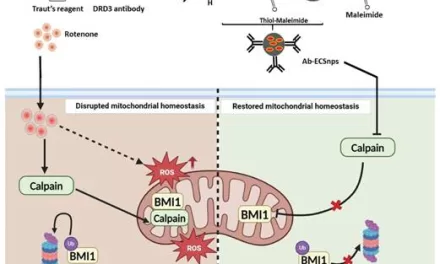New Delhi, March 18 (IANS) – India’s medical tourism sector is experiencing a remarkable surge, with a new report forecasting its market value to soar to $18 billion by 2027. This represents a robust Compound Annual Growth Rate (CAGR) of 19 percent, solidifying India’s position as a premier destination for international healthcare.
The nation has emerged as a preferred choice for patients worldwide, drawn by its offering of world-class medical services at substantially lower costs compared to Western nations. India’s unique blend of advanced medical technology and rich cultural heritage has proven to be a compelling draw for medical tourists.
According to a report by Praxis Global Alliance, a global consulting firm, the medical tourism industry in India was valued at $7 billion in 2022, demonstrating rapid expansion. A key driver of this growth is the increasing number of Foreign Tourist Arrivals (FTAs) specifically for medical purposes.
Between 2015 and 2019, the number of medical tourists visiting India surged at a CAGR of 31 percent, rising from 234,000 to 697,000. While the Covid-19 pandemic caused a severe setback in 2020, resulting in a 74 percent drop in FTAs, the sector has since rebounded strongly. FTAs reached 504,000 in 2023, showcasing an impressive CAGR of 40 percent in the recovery period.
The report highlights Bangladesh as the leading source of medical tourists, with 327,000 patients visiting India in 2022 alone. Significant numbers also hail from Iraq and Yemen, with growing contributions from the Middle East and Africa.
Several factors contribute to India’s burgeoning medical tourism industry. The cost-effectiveness of treatments is a major advantage. Medical procedures in India are significantly less expensive than in countries like the United States and the United Kingdom. For instance, a heart bypass surgery in India costs approximately $5,000, compared to $144,000 in the US, while a knee replacement procedure costs around $6,000 in India, compared to $50,000 in the UK, according to the report.
Furthermore, India’s traditional and alternative healing therapies, such as Ayurveda and Yoga, complement modern medical treatments, adding to its appeal. The availability of state-of-the-art healthcare infrastructure further reinforces its attractiveness as a global medical tourism hub, the report concluded.
Disclaimer: This news article is based on information provided by the referenced report. Market projections and growth rates are subject to change based on various economic, political, and social factors. The cost comparisons provided are estimates and may vary depending on individual circumstances and specific medical requirements. Readers are advised to conduct their own research and consult with healthcare professionals before making any decisions related to medical tourism.












